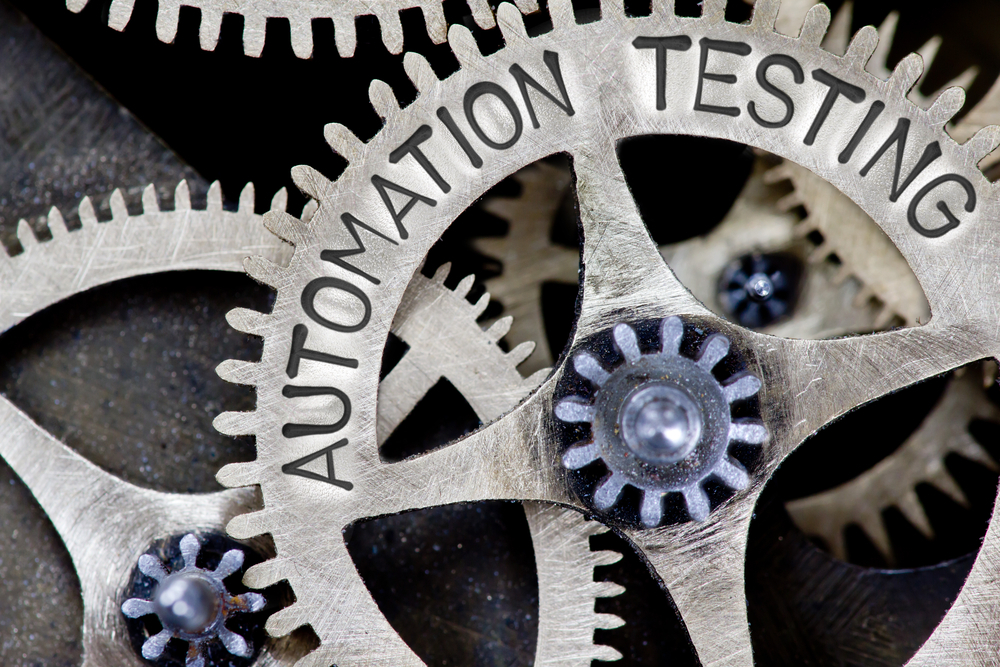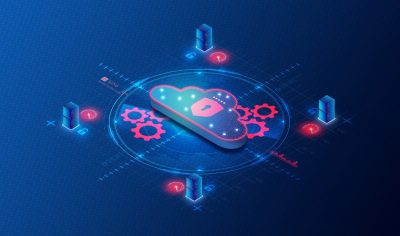Highlights:
- Developers utilize a range of testing frameworks, tools, and programming languages, such as Selenium, Appium, TestComplete, and more, to incorporate autonomous testing.
- Autonomous testing is gaining popularity in software development for its ability to reduce the time and costs of manual testing while improving the precision and reliability of test results.
Move over, self-driving cars! Imagine software that continuously tests itself, refines its approach based on errors, and adapts without human intervention. This isn’t science fiction, it’s the reality of autonomous testing, pushing the boundaries of software development.
Although conventional automation has simplified certain aspects of software testing, the creation of these tests still requires manual effort. Autonomous testing is poised to change the game fundamentally. Imagine artificial intelligence working for you, analyzing your application, automatically crafting tests, executing them, and then using the results to learn and improve. This powerful duo promises to revolutionize software testing, boosting efficiency, expanding test coverage, and even predicting bugs before they arise.
Intrigued? This introduction scratches the surface of a revolution about to transform software quality. Dive deeper and discover how autonomous testing is set to redefine the very nature of software testing – long before self-driving cars become a reality. Let’s start with the basics first.
What is Autonomous Testing?
Autonomous testing involves employing software tools and frameworks to automate the software testing process, eliminating the need for human intervention. This approach, also known as automated testing, utilizes scripts, code, and other automated tools to replicate user actions, input data, and expected outcomes.
The rising popularity of this technology in software development stems from its ability to significantly cut down time and costs associated with manual testing while enhancing the precision and dependability of test results. By automating repetitive testing tasks it allows human testers to concentrate on more intricate and crucial aspects of testing, such as exploratory testing and test case design.
To implement this testing, developers leverage various testing frameworks, tools, and programming languages, including Selenium, Appium, TestComplete, and others. These tools can automate various testing types, encompassing functional testing, performance testing, security testing, and more.
To explore this concept more thoroughly, we should take a closer look at the components comprising autonomous testing.
What Components Make Up Autonomous Testing?
Autonomous software testing is made possible by harnessing the power of AI and ML. Here’s how:
- Test planning: AI analyzes complex requirements, identifying potential issues and suggesting optimal testing strategies based on real-time data. This saves time and ensures high-risk areas are prioritized.
- Test creation: AI automatically generates detailed test cases from requirements, even creating scripts in your preferred language. It produces comprehensive test data sets, streamlining data-driven testing.
- Test management: AI categorizes and prioritizes test cases based on various criteria, making management easier. It also assists with data anonymization, ensuring compliance.
- Test execution: AI autonomously executes repetitive tasks like regression testing, freeing up time for strategic activities. It even identifies and fixes broken locators, keeping tests running smoothly.
- Debugging: AI intelligently classifies bugs, pinpoints the issue’s location, and suggests solutions, accelerating effective debugging and improving quality.
These are the five components of autonomous testing, which saves time, improves accuracy, and frees up testers for higher-level tasks, ultimately leading to better software faster. In addition to this, there are numerous advantages, both direct and indirect.
Unleashing the True Benefits of Autonomous Testing
Autonomous testing has revolutionized software testing, offering a myriad of benefits. Let’s take a look:
- Unprecedented test coverage: Explore complex and edge cases traditionally missed with manual or automated tests. Maximize coverage and catch hidden issues before release.
- Blazing-fast testing cycles: Ditch time-consuming manual testing. Run automated tests at lightning speed, freeing up your team to focus on strategic improvements.
- Minimize human error: Eliminate mistakes from manual data entry, test script coding, and execution. Achieve high accuracy and reliable results with minimal human intervention.
- Slash costs: Free up valuable resources from manual testing with autonomous testing tools. Invest your saved time and effort into driving innovation and propelling your development.
- Benchmark like never before: Run performance tests with massive loads, unveil potential bottlenecks, and optimize your software for top performance.
- Continuous learning: Learn and improve with each test run. Identify issues proactively and refine your testing process for even greater efficiency and effectiveness.
The exploration of autonomous testing benefits underscores its transformative role in reshaping the testing landscape, heralding a future where quality assurance is dynamic and integral to modern software development. With this understanding, one might wonder if this necessitates human verification and validation.
Does Autonomous Testing Require Human Verification & Validation of Its Results?
Autonomous testing shines in uncovering diverse defects, but like any tool, it has limitations. False positives and negatives can emerge, highlighting the critical role of human verification. Here’s why:
- Human expertise tackles what automation misses: Testers, with their deep understanding of the software, can identify nuances that elude algorithms, like user experience issues or unintended consequences.
- Feedback loop fuels improvement: Humans analyze test results, providing valuable insights to refine test cases and identify areas for optimization in both autonomous and manual testing.
- Exploratory testing expands the scope: Testers go beyond scripted scenarios, uncovering edge cases and unexpected behaviors that might slip through automated nets.
Ultimately, the synergy between autonomous testing and human verification creates a potent force. By combining their strengths, we achieve comprehensive and reliable testing coverage, ensuring the highest quality software possible.
Concluding Lines
AI is pivotal in autonomous testing tools, improving test generation, execution, and maintenance. Through ML algorithms and analysis of historical test data, AI automates the creation of comprehensive test cases, prioritizes them intelligently, and optimizes resource utilization for efficient execution. It also reduces maintenance efforts and costs by automatically updating test cases based on software changes.
The future of autonomous testing, fueled by AI advancements, holds promise for user-friendly tools and improved predictive analysis. Enhanced self-healing capabilities through more accurate machine learning models contribute to faster, cost-effective, and less manual testing for organizations.
Enhance your understanding by delving into various IT-infra related whitepapers accessible through our resource center.





































































